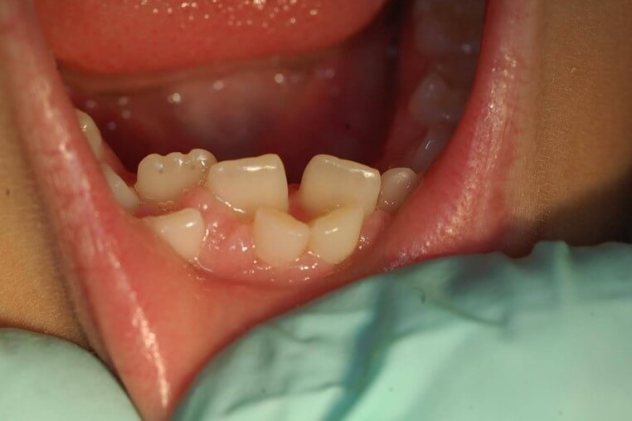Hyperdontia, also termed as supernumerary teeth is an oral condition characterized by the eruption of extra teeth that are not supposed to be there. You might know that the number of primary teeth is 20 while the normal number of permanent teeth is supposed to be 32. Primary teeth are the initial set of teeth that erupt in a person mouth, generally by the age of 36 months.
Primary teeth shed at the age of 12 years and then replaced by permanent teeth. There is a medical condition in which one may develop more than 20 primary teeth or more than 32 permanent teeth, this condition is termed as Hyperdontia and is fairly common. The additional erupted teeth are referred to as supernumerary teeth and it can occur in any part of the dental arch. The most common supernumerary teeth are permanent, anterior incisors, in the maxillary (upper) arch. The next most common positions where a supplementary tooth can erupt are maxillary and mandibular (lower arch), also called as fourth molars. These generally appear as extra impacted wisdom teeth. Supplementary teeth are termed differently, depends on their eruption’s position like an extra maxillary incisor is called a mesiodens, while an extra fourth molar is referred to as a distodens or distomolar. Extra primary teeth are called natal teeth.
Hyperdontia is a common disorder that is found in 4% of the population and it is more common in men as compare to women. The ratio of occurrence of this disease in male to female is 2:1; the majority of cases are limited to a single tooth. But there are also some cases in which even over 30 supernumerary teeth in one person are reported, but such large numbers are rare. The underlying cause of developing supplementary is often associated with a variety of conditions or sydromes such as cleidocranial dysplasia, Ehler-Danlos syndrome, Gardner syndrome, and cleft lip and palate.

Hyperdontia (Extra Teeth) Causes, Treatment and Removal
You have one extra teeth in your mouth and although, something extra is mostly good but not in this case so continue to read and know why nature have given you an extra and what are the available solution to get rid of this.
Hyperdontia (Extra Teeth) Causes
Although the exact cause of Hyperdontia is not entirely clear but generally it is believed that there may be a genetic factor in Hyperdontia consisting of an autosomal dominant trait but rarely active. That’s why it produces rarely supernumerary teeth in a carrier of the mutated gene. As per researchers, there is indication that genetics may possibly play a part in their development. Hyperdontia may also be caused by malformations of the mouth like a cleft lip and palate. Hyperdontia condition is also related with some diseases including Ehler-Danlos syndrome and Gardner syndrome.
Other possible causes are environmental factors and over activity of the dental lamina during tooth development. The dental lamina is a zone of cells that initiates the formation of the tooth germ, which intern forms the tooth. It is generally not necessary to remove natal teeth unless the supernumerary teeth are loose and present a risk for aspiration due to passage into the lung.
Beside the fact that supplementary tooth itself doesn’t cause a harm but still it is important to detect, evaluate, and treat supernumerary teeth as soon as possible since the additional teeth will present both cosmetic and sometimes functional problems for the affected individual.
In addition to cosmetic problems, there are some others that one can face due to this extra teeth including:
- It may prevent the permanent teeth to erupt normally or even fuse with permanent teeth. In this circumstance, the teeth will be prone to decompose as the extra teeth can be shaped and placed unusually.
- Significant crowding is also possible due to supplementary teeth which will often require orthodontic treatment to correct.
- If not removed, the teeth can lead to the development of cysts or tumors.
Treatment for Hyperdontia (Supernumerary Teeth)
It is not possible to prevent the formation of the supernumerary teeth. However there are treatments available to get rid of it. The most practiced treatment of supplementary teeth is its removal. However, the sorting of the supernumerary teeth along with the situation of the adjacent teeth should be taken into consideration.
The complete treatment procedure of Hyperdontia involves the removal of the extra tooth or teeth by the dentist as soon as possible. Oral surgery may be required depending on the position of the extra teeth. Tooth extraction is done under local or general anesthesia, mainly depend on how severe the problem is.
In order to prevent any possible future dental problems a child should be examined by an orthodontist at seven years. In this exam the orthodontist can see if the child has Hyperdontia and fix the problem before the supernumerary teeth cause any troubles when permanent teeth erupts. Many dental insurance companies also cover the cost for treatment of Hyperdontia because it is classified as preventative care.
 Health & Care Information
Health & Care Information 

